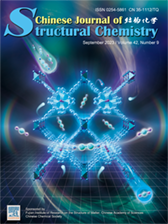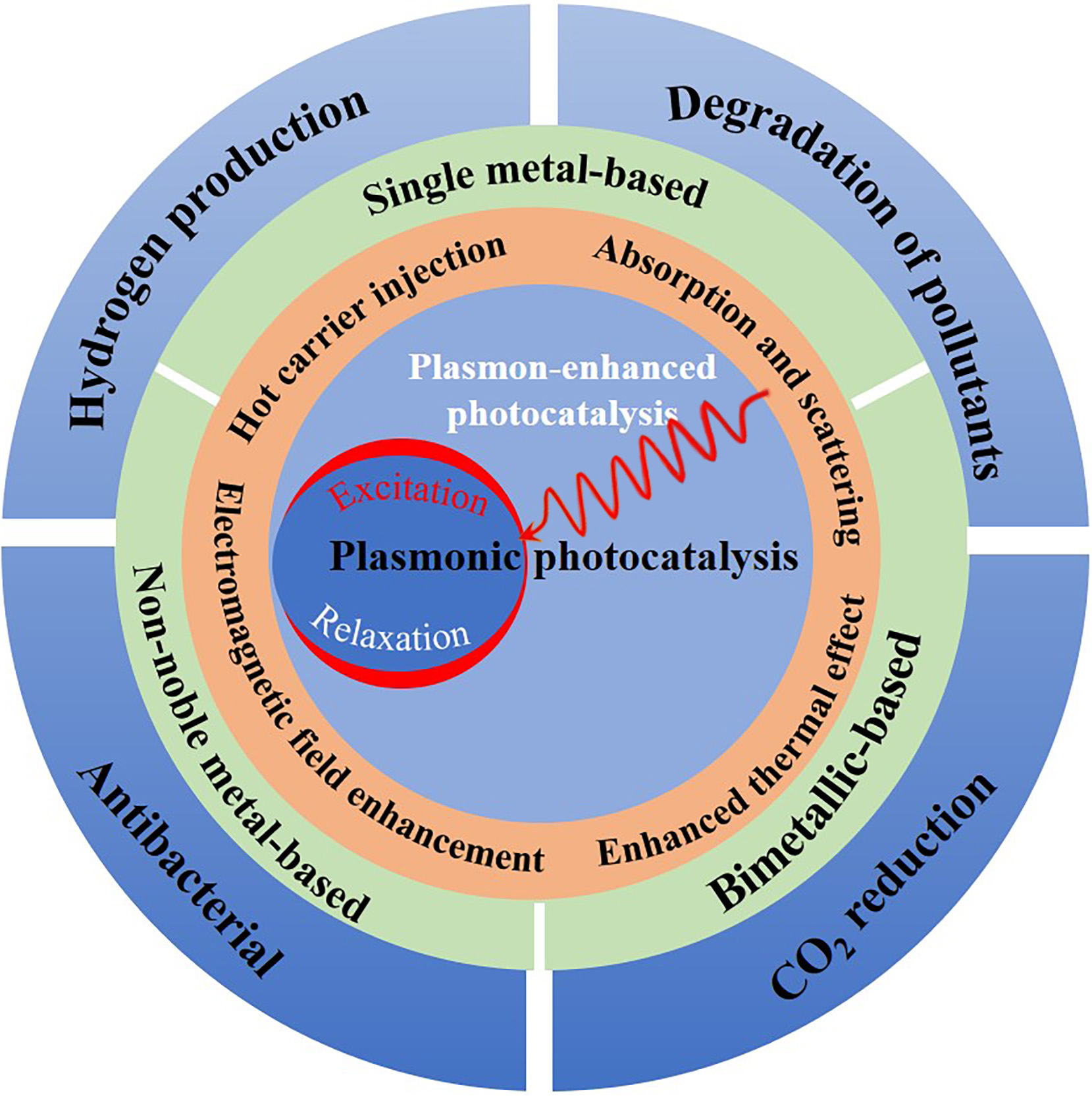
Cover Picture
Metal-ion-tuned metal-organic frameworks for C2H2/CO2 separation
Meng Sun, Hongyan Liu, Xiaokang Wang, Xinlei Yang, Fei Gao, Deyu Xie, Weidong Fan*, Yinfeng Han*, Ben Xu, Daofeng Sun Submit a Manuscript
Metal-ion-tuned metal-organic frameworks for C2H2/CO2 separation
Meng Sun, Hongyan Liu, Xiaokang Wang, Xinlei Yang, Fei Gao, Deyu Xie, Weidong Fan*, Yinfeng Han*, Ben Xu, Daofeng Sun Submit a Manuscript
Plasmonic photocatalysis: Mechanism, applications and perspectives
Tian Wang, Hong-Jia Wang, Jia-Sheng Lin, Jing-Liang Yang, Fan-Li Zhang*, Xiu-Mei Lin*, Yue-Jiao Zhang, Shangzhong Jin, Jian-Feng Li*
Chin. J. Struct. Chem., 2023, 42: 100066. DOI: 10.1016/j.cjsc.2023.100066
September 15, 2023
Plasmonic; nanostructures; Photocatalyst; Electromagnetic field; LSPR
ABSTRACT
The process of photocatalysis, regarded as a promising approach for tackling the energy crisis and environmental pollution issues, is crucial for turning solar light into chemical resources. However, the solar-chemical conversion efficiency of typical semiconductor catalysts is still too low, so it is vital to figure out how to boost photocatalytic performance of semiconductors. Under visible light illumination, the local surface plasmon resonance (LSPR) induced by coinage metal would enhance the local electric field and improve photocatalytic performance of semiconductors, especially in the visible range. Therefore, its attachment to semiconductors has been regarded as an efficient strategy to improve photocatalytic performance. This paper reviews the latest research progress of plasmonic photocatalysis from theory to application. Starting from the excitation and relaxation of plasmons, four main mechanisms of plasmon-enhanced semiconductor photocatalysis are introduced, including enhanced light absorption and scattering, local electromagnetic field enhancement, improved hot carriers (HCs) injection and enhanced thermal effect. Secondly, the current mainstream plasmonic photocatalysts, such as monometallic, bimetallic and non-noble metal-based plasmonic catalysts, are reviewed. Finally, the applications of plasmonic photocatalysts in H2 production, CO2 reduction, and antibacterial are further summarized.







